How to feed a Bengal kitten and an adult cat?
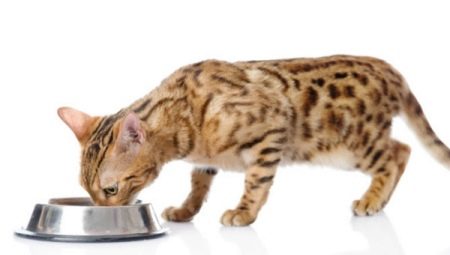
It is necessary to feed the Bengal breed correctly, since the animal has a sensitive digestive tract, which is prone to disorders. Given this feature, you should adhere to the requirements for natural food and feed. Appetite and proper digestion of food in Bengalis is also influenced by grooming that provides for perfect cleanliness.
Feeding features
In nature, cats of this breed are predators, feeding on small animals and birds, and they eat them completely, getting all the necessary substances and vitamins. It is not hard to guess that human food is poorly digested by them.
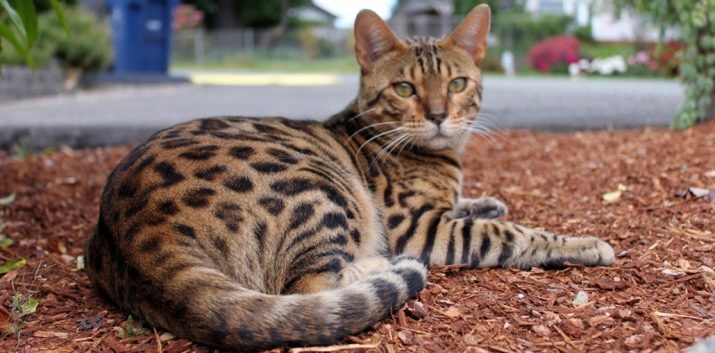
If a mini-leopard appears in the house, you will have to seriously study the question of what type of diet to choose and how many times to give food:
- to feed a Bengal kitten that was recently born, at first it will be necessary often, with porridge diluted to a state of suspension, and only at 1.5 months you can start adding more solid food components;
- at 3 months, changes are required in the baby's menu, gradually reducing the number of liquid dishes and increasing the portions of meat;
- if the kitten is 4-6 months old, then you can give him not chopped meat, but small pieces, because his jaws are already formed by this time;
- an adult Bengal cat and a cat are fed once or twice a day, the bulk of their food (70%) is meat, you can also pamper your pet with fish 2 times a week, chicken yolk should be given once every 7 days.
A neutered cat, like a neutered cat, must be provided with a balanced diet in which the calorie content is strictly calculated and limited. Such animals, due to inaccuracies in nutrition, quickly gain weight, and an excess of fat in the body leads to metabolic disorders.
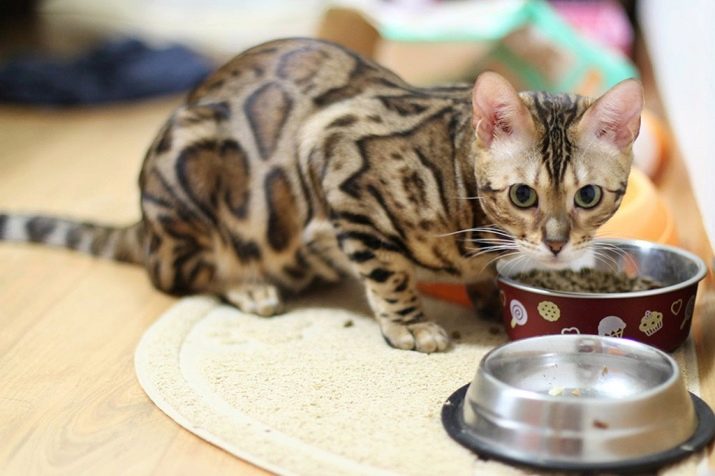
Kittens
The kitten's future health depends on how well the kitten eats from the first days, but up to 3-4 weeks he should receive breast milk. In a month, a small leopard can already be provided with complementary foods - this is food of a liquid consistency, which his tiny stomach can digest for now. This is usually a semi-meat puree. However, if the kitten is a newborn, its food for up to a month can be a cat's milk substitute in the form of a suspension. During this time, dairy products cause diarrhea in kittens and can lead to their death.
In the future, the menu is systematically changed.
- At 1.5-2 months kittens are given pasty porridges with boiled meat. Kefir, cottage cheese and yogurt are allowed. If the choice fell on ready-made feed, you can choose pate.
- 3 month old pets increase the amount of meat by up to 30%, while reducing dairy products. The meat pieces are cut into larger pieces, boiled vegetables are added to them.
- At the age of 4 months A Bengali relies on about 60% of meat, he must eat cereals and vegetables daily, mixed in raw form, but in small quantities. If the porridge is boiled, then it is made thicker.
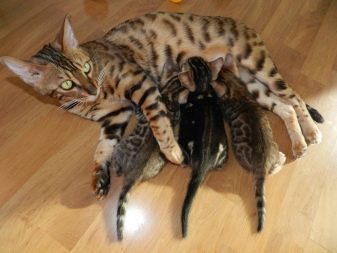
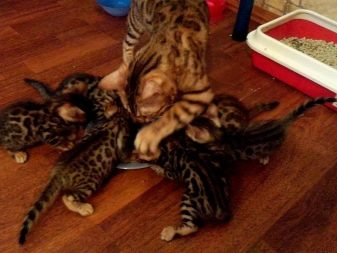
If the owner wishes, in the future, feed the pet with branded food, at 3 months he can carefully start giving dry granules, combining them with meat. Fermented milk products are required up to 4 months of ageso that the baby has a useful intestinal microflora - the kitten's immunity depends on it.
It is important to know how many times a day to feed your pet so that he receives the necessary substances and does not feel hungry:
- in 2-3 weeks - up to 10 feedings per day;
- in 1 month - about 8 times;
- A 2-month-old baby needs up to 7 meals;
- at 3 months - 6 times a day;
- from 4 to 5 months - 5 times.
It is necessary to build a reduction in the frequency of feedings so that by 9 months the baby has eaten about 4 times a day, and by the year the number of meals should be increased to 2 times.
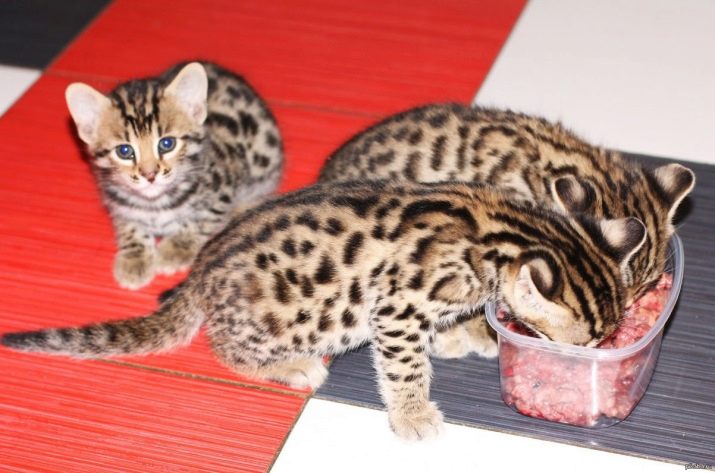
Adults
For a Bengali to be active and well-being, the diet should include the following basic ingredients.
- Fresh, quality meat: beef, chicken, rabbit, turkey. Previously, it is placed in the freezer for 2 days. Before feeding, the films and veins are not removed - the predator will perfectly cope with them.
- Occasionally, offal are allowed: beef liver, heart, rumen, lungs, liver, chicken entrails, necks and joints.
- A fish allowed no more than 3 times a week, better sea without small bones. It is undesirable for cats to give it often, due to the development of urolithiasis.
Animals need vitamins, so 15% of the daily diet consists of boiled and fresh vegetables - beets, cabbage, carrots, pumpkin, 5% - oatmeal and buckwheat. It's good if your pet occasionally consumes cottage cheese and milk.
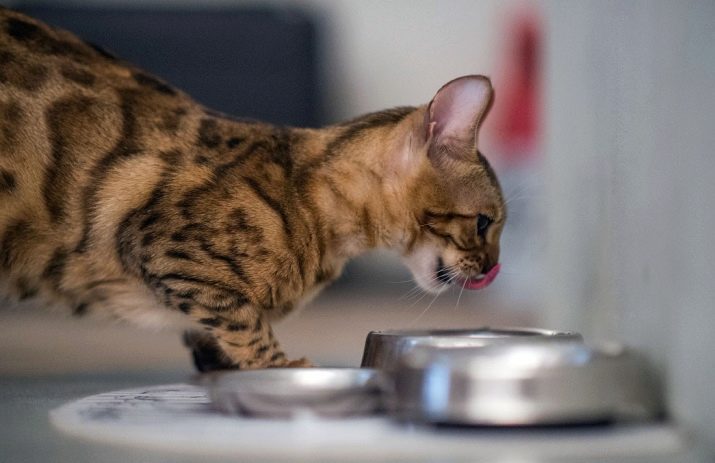
Products prohibited for the animal:
- fatty meat - pork, lamb, duck, goose;
- fish with small bones (river);
- bird bones;
- smoked and salted foods;
- any spicy, sweet dishes;
- spices.
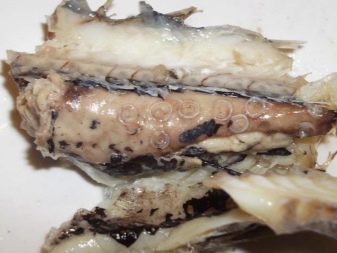

Peas, lentils and other legumes should not be given, as they can cause increased gas production in the intestines. Due to the presence of starch, potatoes are also not permitted, which increases the risk of indigestion. The animal can drink milk, water and meat broths.
Sterilized
The main nutritional requirement for a neutered pet is not to overeat.
Such animals need less food, because due to the lack of interest in the opposite sex, food becomes their main hobby.
The only thing that cannot be done is to reduce the frequency of feedings. Obesity often leads to vascular disease, heart disease and disruption of the normal course of metabolic processes. It can be avoided by spending time with the animal on a daily basis. But if the Bengali has already managed to gain excess weight, he will have to be transferred to a low-calorie diet.
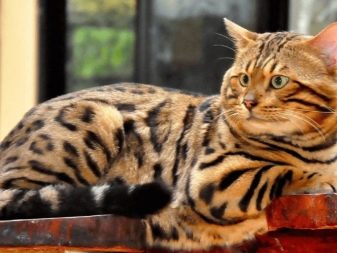
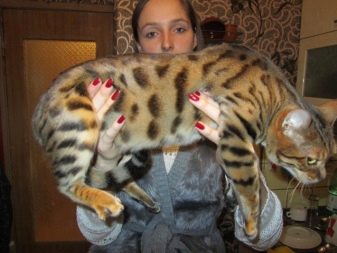
After sterilization, the owner must immediately decide whether his animal will consume factory feed or eat homemade food - these two types of food cannot be mixed. It is better to purchase industrial dry food in the form of granules or canned food from trusted manufacturers. It is advisable to avoid the high content of phosphorus and magnesium in them, as these components can lead to the formation of stones.
Homemade food that is preferable for sterilized pets is beef, poultry, offal, cereals with milk, dairy products, vegetables. It is undesirable to give animals fish, as well as raw liver. Products for the pet's table are selected taking into account calories and the absence of magnesium and phosphorus in them. A pet should always have a sufficient amount of clean water, no matter what it eats.
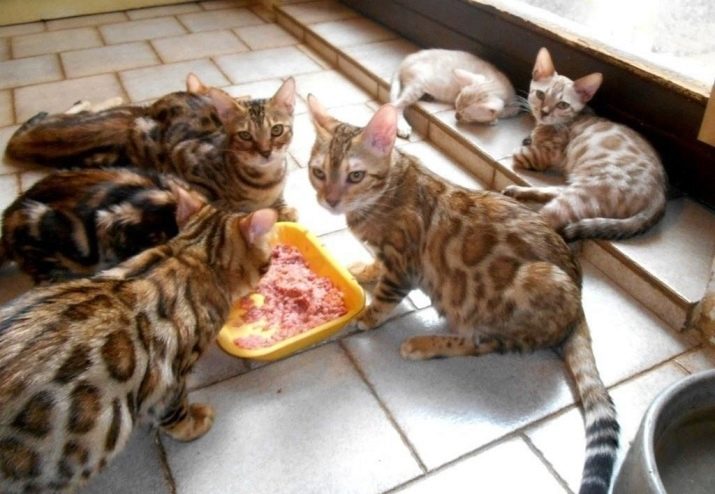
Pregnant and lactating
Due to the fact that Bengalis are large animals, and their average weight is 7-8 kg, large fruits are formed in cats, and as a result, pregnancy can be complicated. Therefore, a well-designed menu and diet are important for feline mothers, both during the gestation of kittens and in the postpartum period.
In the first 30 days after conception, the pet's appetite decreases, and taste preferences undergo changes. The cat either eats little or is naughty, eating only what she likes. This is a natural phenomenon, and you should be sympathetic to the state of mommy.
If there are no abnormalities in behavior and well-being that cause concern for her health, you can allow her to eat to her taste.
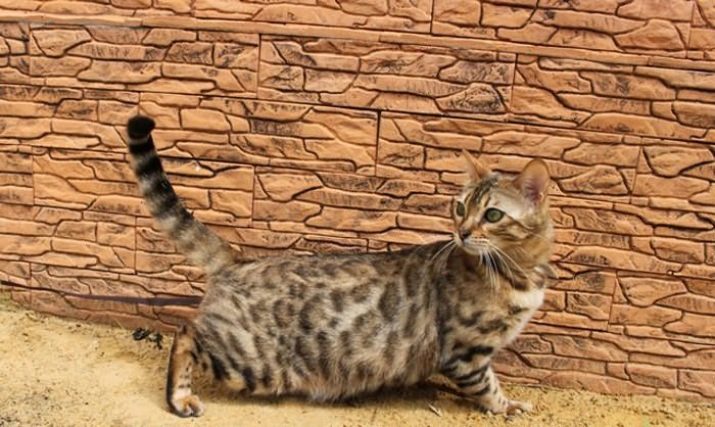
But already in the second month the situation may change towards an increase in appetite. This is great, but closer to childbirth, the amount of food should be gradually reduced, because childbirth can be difficult due to the large size of the kittens and the too large body weight of the mother herself. The diet of an animal during pregnancy can be a special ready-made food for Bengal cats or natural food, represented by the following products:
- cooked meat;
- fatty fish;
- dairy products;
- vegetables as a source of vitamins.
In the first month, the cat especially needs calcium, and in the second half of pregnancy it is better to feed it with protein food.
A lactating cat is not denied anything, but most of all the cat's body needs a lot of liquid, so you can give your pet heated milk, cream, meat broths - best of all, beef broth, to which you can add meat pieces. Also important, so that mommy regularly uses a little sour cream, cottage cheese.
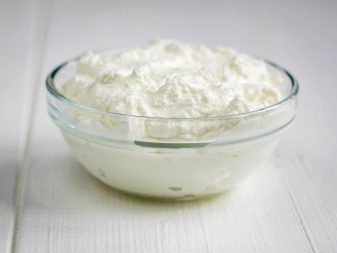
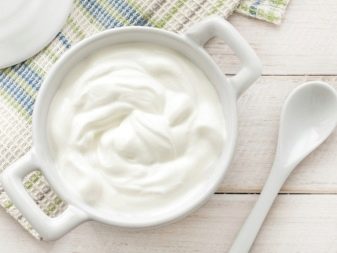
What is suitable from natural food?
Taking a Bengal animal into the house and going to feed it with natural products, the owner should know if ordinary food is acceptable for him and in what form.
- Some believe that a natural predator should eat only raw meat, but in fact, beef, rabbit, poultry can be boiled, stewed, used in the form of pieces or minced meat. Raw pieces must be scalded before serving.
- By-products - veal liver, lungs or offal of chicken are given every 7 days to diversify the diet.
- From fish for a cat's table, navaga, pollock, tuna are suitable. At the age of one year, it is allowed to occasionally (once a week) give herring or salmon.
- Oatmeal is considered useful for the pet's body, however, like rice and buckwheat, but it should be cooked in lean beef broth. Then add minced meat or fish and chopped greens to the dish.
- Porridge and cooked vegetables can be seasoned with vegetable oil - flax, sunflower, olive - these are sources of tocopherol.
- Little kittens and adult pets enjoy eating sprouted grains of wheat, oats and cat grass. It is easy to grow these plants at home, which are so useful for your pet. They help to get rid of pieces of hair in the digestive tract and saturate the body with vitamins.
In the diet of a Bengali, vegetables and greens must be present, with the exception of cabbage, which causes bloating.
Fermented milk products are also desirable, especially cottage cheese, fermented baked milk and kefir. Milk can also be given, but only if it does not provoke vomiting or diarrhea.
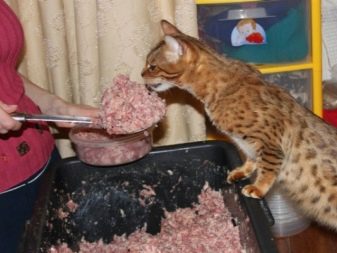
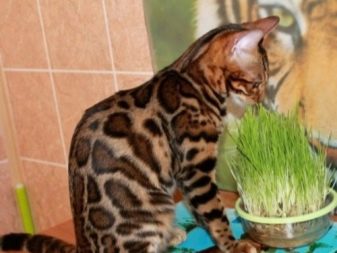
How to choose branded food?
The advantages of ready-made feeds are the content of nutrients in them, long-term storage, a large assortment, and there is no need to waste time on preparation. You can introduce them into the diet as early as 3 months, the main thing is to do it gradually.
When choosing such products, the following factors should be considered:
- the age of the animal;
- his weight and lifestyle;
- the presence of a sensitive digestive system (allergies to certain components);
- sterilization, in which the pet is entitled to special dishes;
- diseases that require diet.
To be sure of your cat's health, it is wiser to purchase premium feed, super premium, holistic... But you also need to pay attention to the composition, suitability and, of course, the preferences of the pet. The best brands - Royal Canin, Eukanuba, Orijen, Canidae, Eagle Pack Holistic Select.
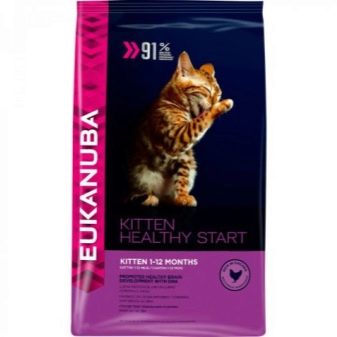
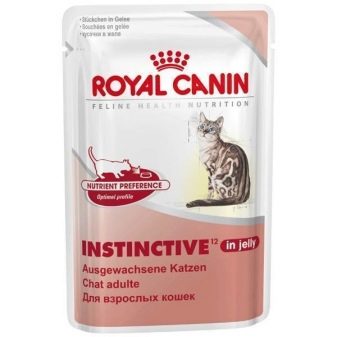
Mixed type of food
The principle of the combined type of feeding is that basically the animal eats high-quality dry food containing a balanced composition. At the same time, the pet is allowed to be fed with ordinary natural food - fresh meat, cereals, fish.
True, such a diet is not suitable for Bengal kittens, and it can only be used with adults. At 4 months old, the kitten is given suitable dry food, but always soaked in milk, broth or water, until its milk teeth change.
In general, this approach is not welcomed by veterinarians; they explain this by the fact that natural food and dry food have different structures, which leads to insufficient digestion and dysbiosis.
Natural food for a Bengali is allowed to be combined only with ready-made canned food of high quality, and then only when the animal is transferred to factory feed.
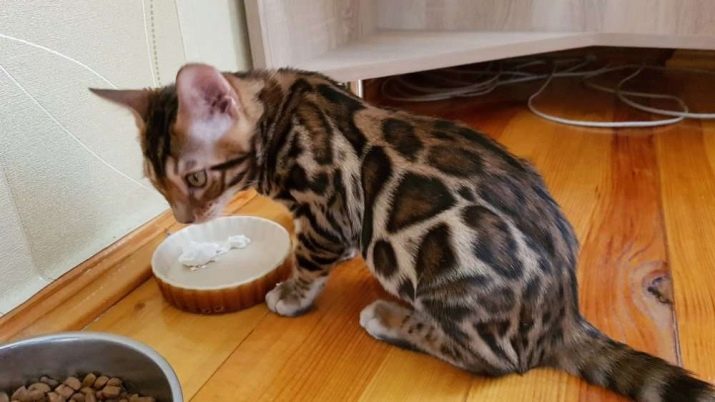
See below for more details.
































